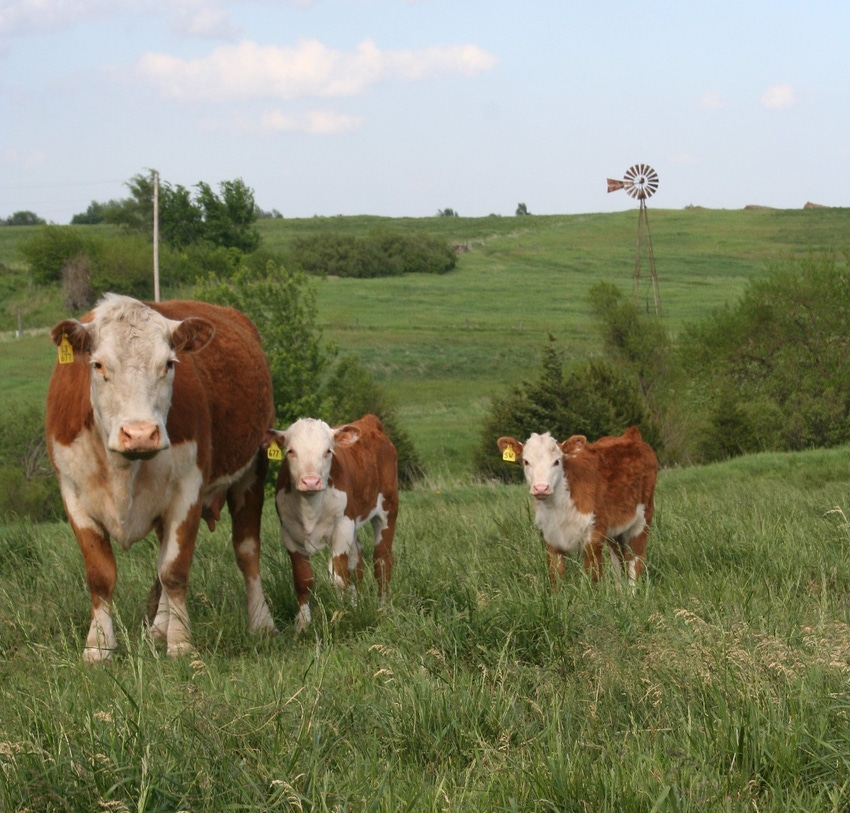Expert Advice: Bagley Risk Management Approaches
Expert Advice: Bagley Risk Management Approaches
Blog Article
The Benefits of Livestock Danger Security (LRP) Insurance Explained
Livestock Danger Protection (LRP) insurance policy serves as a crucial device for livestock manufacturers navigating the unforeseeable terrain of market changes and unforeseen losses. The true worth and complexities of this insurance instrument go far beyond mere security-- they symbolize a positive strategy that can redefine the landscape for livestock producers.
Financial Security Versus Market Volatility

LRP insurance supplies producers with a useful device to manage price risk, offering protection that can assist offset possible losses resulting from negative market motions. In significance, LRP insurance coverage serves as a proactive risk management technique that equips livestock manufacturers to navigate the difficulties of a dynamic market landscape with greater confidence and safety.
Coverage for Unforeseen Losses
Livestock Danger Protection (LRP) insurance policy provides extensive insurance coverage to secure livestock producers versus unanticipated losses in the unpredictable market landscape. This insurance gives security in instances where unanticipated occasions such as disease break outs, all-natural disasters, or significant market value fluctuations can cause economic hardships for animals producers. By having LRP insurance coverage, producers can mitigate the risks linked with these unanticipated circumstances and ensure a degree of monetary security for their operations.
Among the essential advantages of LRP insurance is that it enables producers to personalize their coverage based on their certain demands and run the risk of tolerance. This adaptability makes it possible for producers to tailor their policies to safeguard versus the types of losses that are most appropriate to their procedures. In addition, LRP insurance policy offers a straightforward claims process, assisting manufacturers promptly recoup from unforeseen losses and resume their procedures without substantial interruptions.
Threat Management for Animals Producers

One key element of threat management for livestock manufacturers is diversity. By expanding their livestock profile, producers can spread out risk throughout different species or breeds, lowering the effect of a potential loss in any type of solitary location. In addition, preserving comprehensive and precise records can aid producers identify patterns, fads, and possible news locations of threat within their operations.
Insurance products like Livestock Danger Protection (LRP) can likewise play an essential function in danger monitoring. LRP insurance coverage offers manufacturers with a safeguard versus unforeseen cost drops, providing them tranquility of mind and economic safety and security in times of market instability. Generally, a thorough threat monitoring method that incorporates insurance, diversity, and record-keeping can assist livestock manufacturers effectively browse the obstacles of the market.
Tailored Policies to Suit Your Needs
Customizing insurance policy policies to align with the particular needs and conditions of livestock manufacturers is paramount in guaranteeing detailed danger administration approaches (Bagley Risk Management). Animals producers deal with a myriad of challenges distinct to their market, such as fluctuating market value, unforeseeable weather patterns, and animal wellness worries. To address these threats efficiently, insurance companies offer customized plans that satisfy the varied needs of animals producers
One key element of customized livestock insurance coverage policies is the capacity to customize insurance coverage limits based on the size of the procedure and the kinds of livestock being elevated. This versatility ensures that producers are not over-insured or under-insured, permitting them to secure their assets adequately without paying for unneeded protection.
Moreover, tailored policies might likewise consist of specific provisions for different sorts of livestock operations, such as dairy products ranches, ranches, or chicken manufacturers. By customizing coverage to fit the special qualities of each operation, insurance service providers can offer extensive security that attends to the details threats dealt with by various kinds of animals producers. Eventually, selecting a tailored insurance plan can give comfort and financial safety for why not look here animals manufacturers when faced with unpredicted challenges.
Government-Subsidized Insurance Options
In taking into consideration danger monitoring strategies customized to the specific needs of animals manufacturers, it is necessary to explore the Government-subsidized insurance coverage options available to mitigate financial uncertainties successfully. Government-subsidized insurance policy choices play an important duty in offering affordable threat monitoring tools for animals producers (Bagley Risk Management). These programs are developed to support producers in safeguarding their procedures against various risks such as rate changes, natural calamities, and other unforeseen events that might impact their profits. By supplying subsidies, the government intends to make insurance extra obtainable and cost-efficient for producers, urging them to proactively manage their risks.
One noticeable instance of a government-subsidized insurance choice is the Animals Threat Security (LRP) program, which provides protection against a decrease in market prices. Via LRP, producers can insure their animals at a specific insurance coverage level, thus making sure a minimal cost for their pets at the end of the insurance period. By leveraging these subsidized insurance coverage options, livestock producers can enhance their economic security and stability, eventually adding to the strength of the agricultural market in its entirety.
Conclusion

In verdict, Livestock Danger Protection (LRP) insurance policy uses monetary defense against market volatility and unpredicted losses for animals manufacturers. Government-subsidized insurance choices better improve the access and cost of LRP insurance for producers.
Animals Risk Defense (LRP) insurance serves as an essential device for livestock manufacturers navigating the unforeseeable surface of market changes and unpredicted losses.In today's unpredictable market setting, animals Resources manufacturers can profit significantly from protecting economic security versus market volatility through Livestock Danger Protection (LRP) insurance. In essence, LRP insurance coverage offers as an aggressive danger management technique that encourages animals producers to navigate the difficulties of a vibrant market landscape with better confidence and protection.
Livestock Risk Protection (LRP) insurance coverage uses comprehensive coverage to safeguard livestock manufacturers against unanticipated losses in the unpredictable market landscape.In verdict, Animals Risk Protection (LRP) insurance provides financial protection versus market volatility and unforeseen losses for animals manufacturers.
Report this page